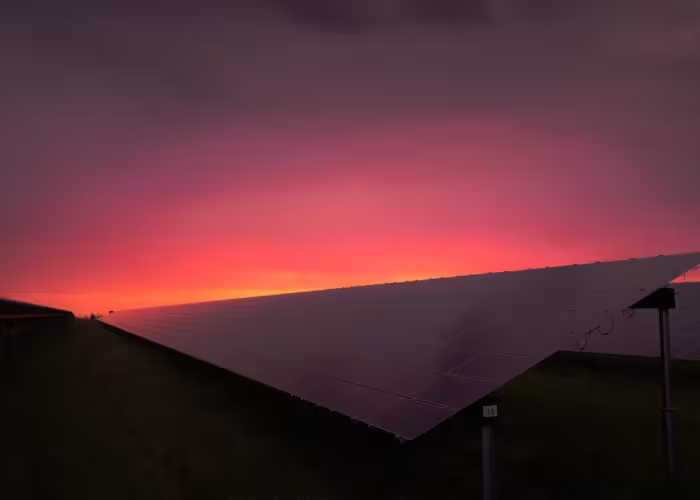The US Department of Energy’s National Renewable Energy Laboratory advised that it recently validated Semprius’ triple-junction cells at greater than 41% efficiency at a concentration of 1,000 suns – said to be one of the highest efficiencies recorded at this concentration. The North Carolina company makes its cells from gallium arsenide with the lenses laying claim to concentrating the sunlight onto the small cells 1,100 times.
Most notable about the small size of the cell, is that they occupy 1/1000 of the entire solar module area, which is said to lead to an overall reduction of the module cost. Furthermore, Semprius acknowledges that by putting such large numbers of small cells together, the heat is better distributed across the cell’s structure, which can eliminate the need for thermal management equipment.
Semprius states that it grows a temporary layer on the original gallium-arsenide substrate and then grows the multi-junction solar cell structure on top of that layer.
Try Premium for just $1
- Full premium access for the first month at only $1
- Converts to an annual rate after 30 days unless cancelled
- Cancel anytime during the trial period
Premium Benefits
- Expert industry analysis and interviews
- Digital access to PV Tech Power journal
- Exclusive event discounts
Or get the full Premium subscription right away
Or continue reading this article for free
Once the wafer is processed, the transfer printing process removes the cells from the gallium-arsenide substrate and transfers them to an interpose wafer. Semprius used its micro-transfer printing process to allow the micro-cells to be transferred from the growth substrate to a wafer. A large parallel process allows thousands of cells to be transferred at the same time, which additionally allows for the original substrate to be used repeatedly.
“We're using a completely different approach to what has been practiced,” said Kanchan Ghosal, CPV applications engineering manager and the principal investigator for Semprius' PV Incubator Award. “This approach uses micro-cells and transfer printing to significantly reduce the use of materials in highly concentrated PV modules. And it provides a highly parallel method to manufacture the module, based on established microelectronics processes and equipment.”
Semprius told the NREL that its low-cost approach can cut manufacturing expenses by 50%, a figure that the NREL noted Siemens acknowledged by taking a 16% stake in the company.





